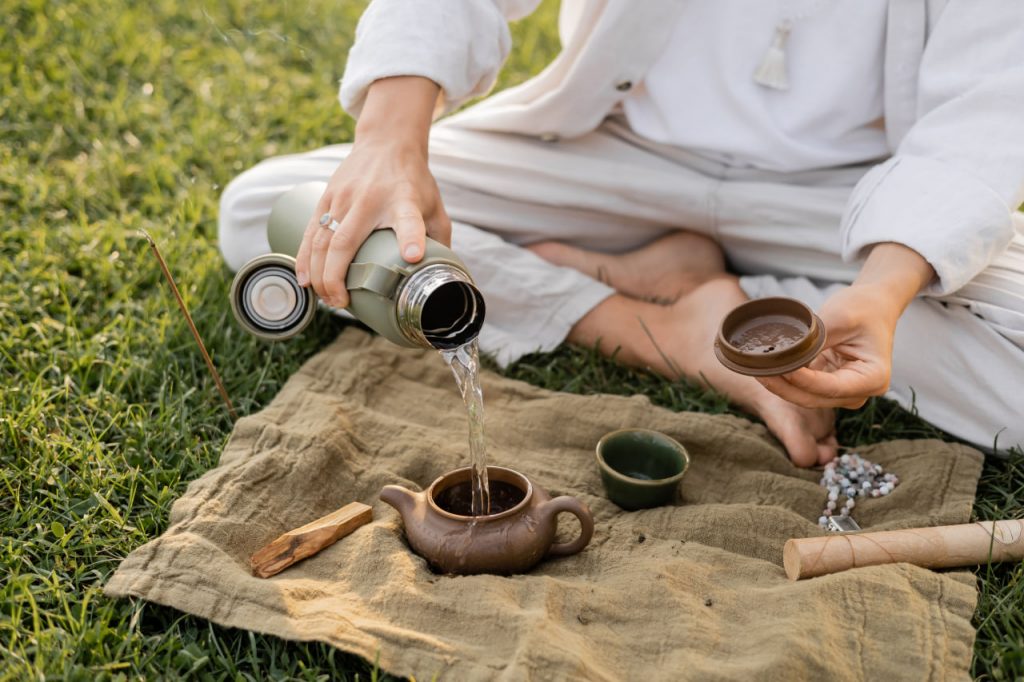When people think of British culture, tea is never far behind. But in the UK, tea is not just a beverage — it’s a national institution, a social occasion, and sometimes, a much-needed pause in the day.
Among the many tea customs in Britain, afternoon tea stands out as a ritual of refinement, warmth, and quiet joy.
A Tradition Born from Hunger
Afternoon tea began in the early 19th century with Anna, the 7th Duchess of Bedford. As dinner was typically served late in the evening, she found herself hungry in the afternoon and began requesting a tray of tea, bread, and cakes. Soon, she began inviting friends to join her — and thus, a social trend was born.
By the late 1800s, afternoon tea had become a fashionable activity for upper-class women, complete with lace gloves, fine china, and small talk. Today, it is enjoyed by people from all walks of life.
What’s on the Table?
A proper afternoon tea includes a pot of black tea (like Earl Grey, Darjeeling, or Assam), accompanied by an assortment of small sandwiches (usually cucumber, egg, or smoked salmon), warm scones with clotted cream and jam, and a selection of pastries or cakes.
Everything is presented beautifully — it’s as much about aesthetics and experience as it is about taste.
Modern variations include cream tea (just tea and scones), or high tea, which in fact refers to a more substantial evening meal historically served to the working class.
A Moment to Slow Down
In today’s fast-paced world, afternoon tea offers a rare moment of calm. Whether enjoyed in a luxurious hotel or a cozy kitchen, it invites us to pause, connect, and appreciate life’s simple pleasures.
It’s no wonder that afternoon tea has seen a revival in recent years — not only in the UK but also globally. Tea rooms from Tokyo to Toronto now offer British-style tea service as a charming experience that blends tradition with modern comfort.

